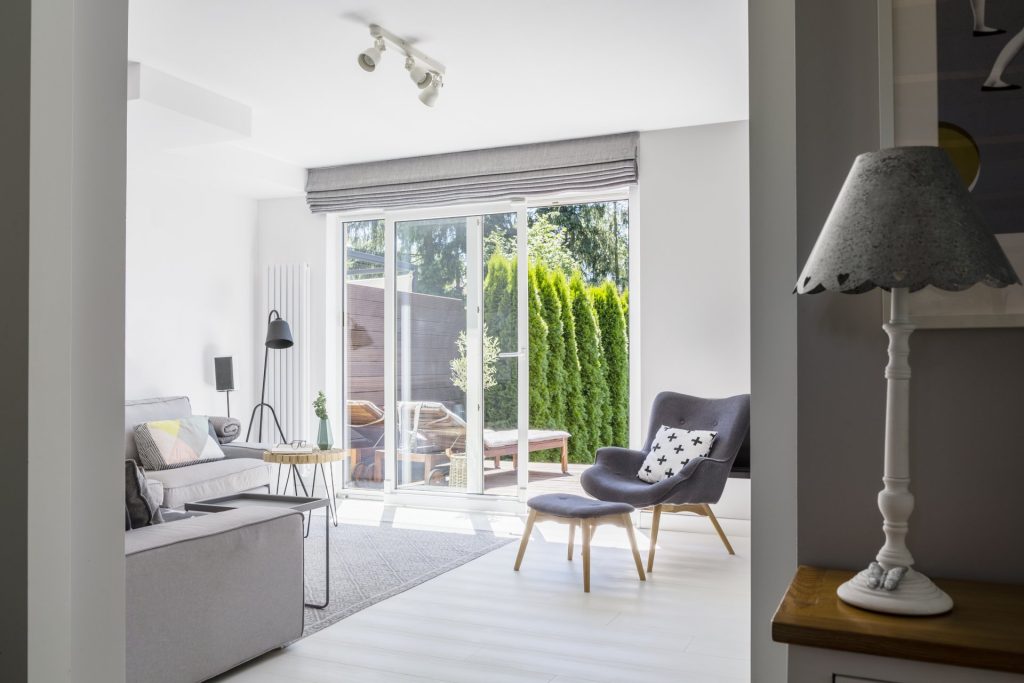Window tinting plays a crucial role in sustainable home design by offering a myriad of benefits that contribute to energy efficiency, comfort, and environmental responsibility. One of the primary advantages of window tinting is its ability to enhance the insulation properties of windows. By applying tinted films, homeowners can significantly reduce heat gain during hot summer months and minimize heat loss in winter, thereby lowering the need for excessive heating and cooling. This results in reduced energy consumption and lower utility bills, making tinting a cost-effective solution for sustainable living. Moreover, window tinting helps to mitigate the harmful effects of ultraviolet UV rays from the sun. These films are designed to block a substantial portion of UV radiation, which not only protects furnishings and decor from fading but also reduces health risks associated with prolonged exposure to UV light. By maintaining a more stable indoor environment, tinted windows contribute to a healthier and more comfortable living space for occupants.

In terms of environmental impact, window tinting plays a role in reducing the overall carbon footprint of a home and get info. By decreasing reliance on air conditioning and heating systems, which are significant contributors to greenhouse gas emissions, tinted windows promote a more eco-friendly lifestyle. This aligns with broader sustainability goals by conserving energy resources and minimizing environmental degradation associated with energy production. Beyond energy efficiency, window tinting also enhances privacy and security within the home. Depending on the type of tint chosen, it can provide varying levels of privacy from outside observers without sacrificing natural light. This is particularly beneficial for urban dwellings or homes located in high-traffic areas where privacy is a concern. Another advantage of window tinting is its ability to reduce glare. Glare from sunlight can be a nuisance, causing discomfort and reducing visibility, especially during certain times of the day. Tinted films help to soften incoming light and create a more pleasant indoor environment by minimizing glare on screens and reflective surfaces.
From a design perspective, window tinting offers versatility in aesthetic choices. It comes in various shades and hues, allowing homeowners to complement their interior decor while still enjoying the benefits of tinted windows. This flexibility makes it easier to integrate tinting into different architectural styles and personal preferences without compromising on style or functionality. In conclusion, window tinting is a valuable component of sustainable home design that addresses multiple aspects of energy efficiency, comfort, and environmental responsibility. By reducing energy consumption, protecting against UV radiation, enhancing privacy and security, minimizing glare, and offering design versatility, tinted windows contribute to creating healthier, more efficient, and aesthetically pleasing living spaces. As homeowners increasingly prioritize sustainability and seek ways to reduce their carbon footprint, the adoption of window tinting emerges as a practical and effective strategy to achieve these goals while enhancing overall quality of life.